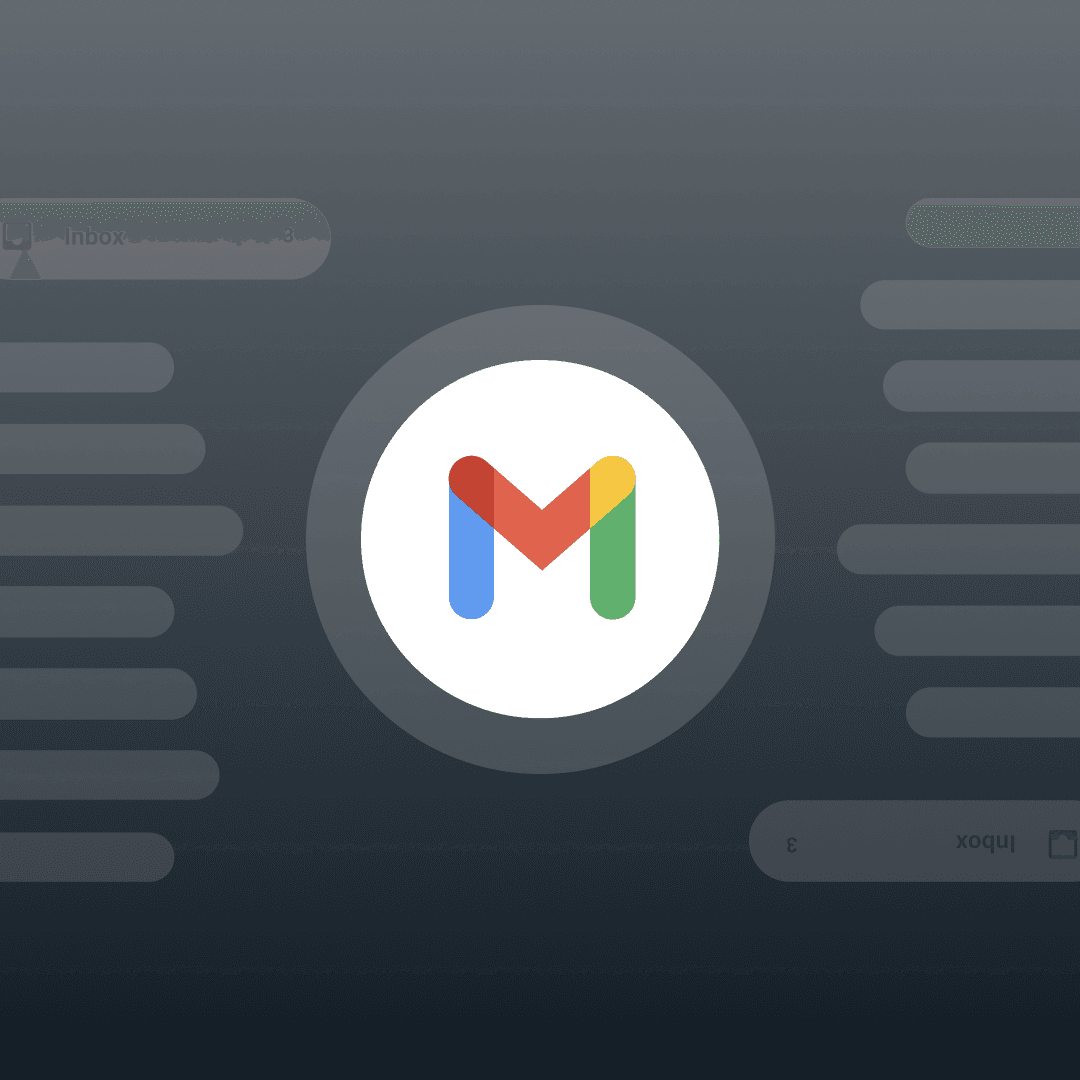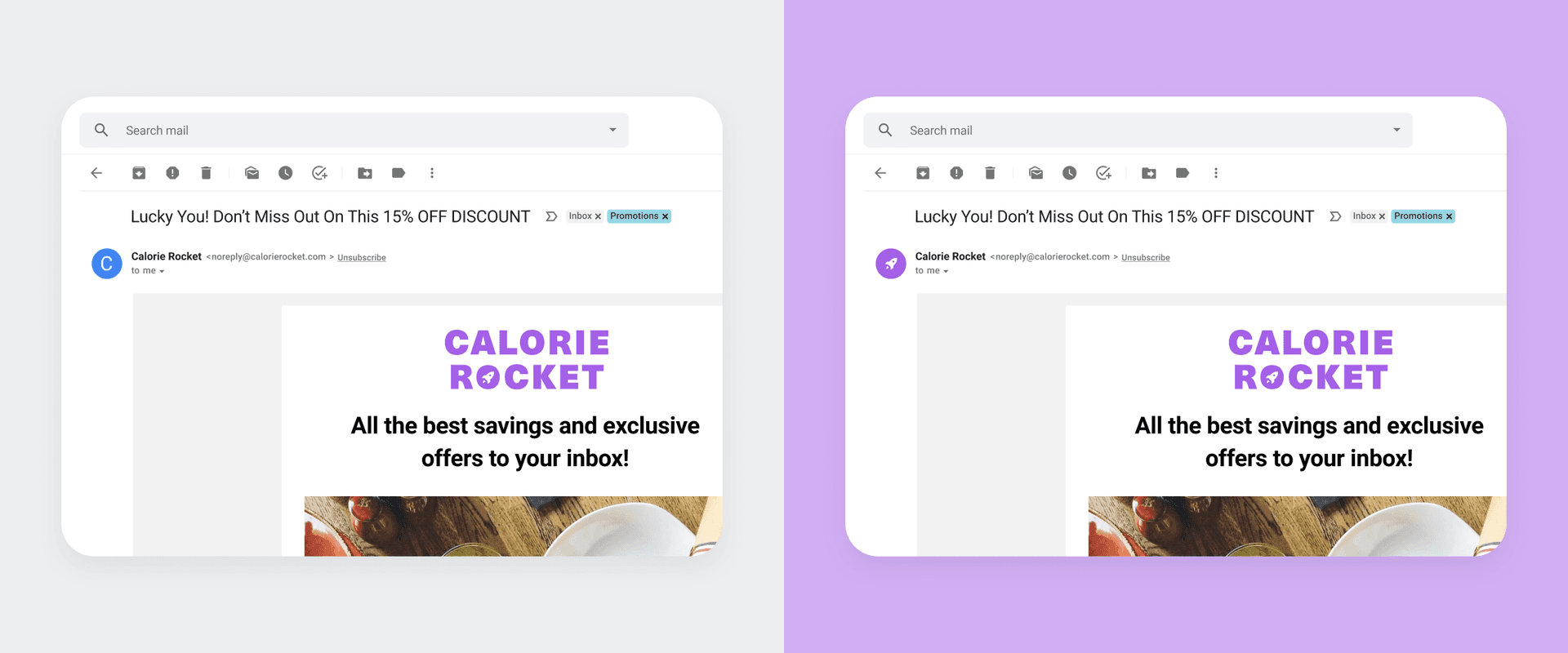Add Extra Trust To Your Messaging With Gmail's Verified Brand Logos
Published on July 20, 2021/Last edited on July 20, 2021/4 min read


Nazgul Kemelbek
Senior Product Marketing Manager, BrazeFor marketers, a customer’s email inbox can be a challenging landscape for engagement. While email has long been among the most powerful channels for driving engagement, users today get so many messages from so many different sources that distinguishing outreach sent by trustworthy brands from that sent by scammy sources can be a real challenge.
To help consumers separate the wheat from the chaff, email-wise, Google recently introduced a key new feature: Gmail’s Brand Indicators for Message Identification (BIMI) support. BIMI is an industry standard intended to encourage improved sender authentication across the email landscape and this new feature makes it possible for trusted brands to visually verify the messages they send to consumers, providing peace of mind and giving recipients one more reason to engage.
Verified Brand Logos on Gmail: What’s Changing
This shift has been in the works for a while—in fact, Google initially announced plans to launch this feature last July, but only recently put the finishing touches on it. The principle behind this change is simple: Give email recipients a way to tell that messages are coming from legitimate organizations and give those organizations the opportunity to highlight the authenticity of their outreach.
Traditionally, emails coming from non-Gmail accounts are accompanied by a generic colored circle and the first letter of the message sender’s name. That’s not terribly eye-catching and does little to inspire confidence that the sender is legitimate. However, brands that participate in Google’s new program will have that colored circle replaced by their chosen logo image in every Gmail inbox across their ecosystem.

As part of the full launch, Gmail’s BIMI support will only be available to brands that use Domain-Based Message Authentication, Reporting, and Conformance (DMARC) to authenticate their sent messages, giving email marketers another major reason to prioritize DMARC as part of their email programs.
What Gmail’s BIMI Support Means for Customer Engagement
To be successful today, marketers need to ensure that their outreach stands out from the pack—something that’s often easier said than done. This shift makes that work a little bit easier on the email marketing front.nInstead of a generic colored circle that you have no control over, your brand’s logo now gets prime placement in your customer’s mailbox. (And since you probably spent good money on that thing, it makes sense that you want as many people to see it as possible.)
While this might seem like a minor change at first glance, don’t underestimate its importance: The battle for inbox attention is a constantly evolving one, and email marketers who don’t use every tool at their disposal run the very real risk of falling behind competitors. After all, being able to stand out from the pack and catch a customer’s eye with your logo the moment they sight your email is a built-in advantage. Couple this with Braze features like data-driven personalization of subject lines and previews and you’ve got the tools you need to build customer trust and drive stronger results with your email marketing efforts.
To get started with the program, first make sure that your email messaging is being sent with DMARC, Sender Policy Framework (SPF), and Domain Keys Identified Mail (DKIM). Once that authentication work is complete, all you need to do is provide Google with your desired logo using a Verified Mark Certificate. They’ll handle all of the implementation from there.
Final Thoughts
Gmail is far and away the most-used email service in the world today, with over 1.8 billion users as of 2021, and where they lead, others follow. Given that, don’t be surprised to see similar functionality rolling out in Outlook and other clients soon. Getting your logo in early will pay dividends, because every little bit helps.
To learn more about recent changes in email, check 9 Ways Brands Can Respond to Apple Privacy Changes.
Related Tags
Be Absolutely Engaging.™
Sign up for regular updates from Braze.
Related Content
View the Blog
The new inbox reality: How iOS changes are reshaping email marketing

Aparna Prasad

Experience optimization: Turning data insights into better journeys

Team Braze

December 2025 Bonfire Marketer of the Month: Jagex’s Emma Oliver
